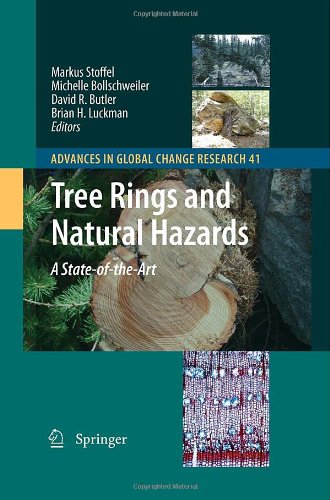

Most ebook files are in PDF format, so you can easily read them using various software such as Foxit Reader or directly on the Google Chrome browser.
Some ebook files are released by publishers in other formats such as .awz, .mobi, .epub, .fb2, etc. You may need to install specific software to read these formats on mobile/PC, such as Calibre.
Please read the tutorial at this link: https://ebookbell.com/faq
We offer FREE conversion to the popular formats you request; however, this may take some time. Therefore, right after payment, please email us, and we will try to provide the service as quickly as possible.
For some exceptional file formats or broken links (if any), please refrain from opening any disputes. Instead, email us first, and we will try to assist within a maximum of 6 hours.
EbookBell Team

0.0
0 reviewsThe initial employment of tree rings in natural hazard studies was simply as a dating tool and rarely exploited other environmental information and records of damage contained within the tree. However, these unique, annually resolved, tree-ring records preserve valuable archives of past earth-surface processes on timescales of decades to centuries. As many of these processes are significant natural hazards, understanding their distribution, timing and controls provides valuable information that can assist in the prediction, mitigation and defence against these hazards and their effects on society.
Tree Rings and Natural Hazards provides many illustrations of these themes, demonstrating the application of tree rings to studies of snow avalanches, rockfalls, landslides, floods, earthquakes, wildfires and several other processes. Several of the chapters are "classic studies", others represent recent applications using previously unpublished material. They illustrate the breadth and diverse applications of contemporary dendrogeomorphology and underline the growing potential to expand such studies, possibly leading to the establishment of a range of techniques and approaches that may become standard practice in the analysis of natural hazards in the future.